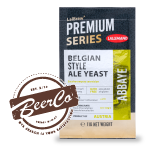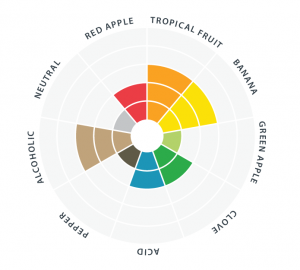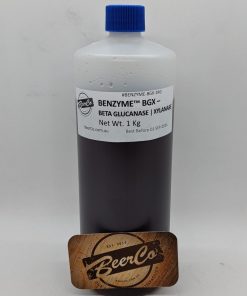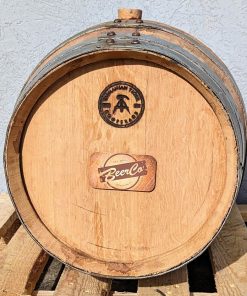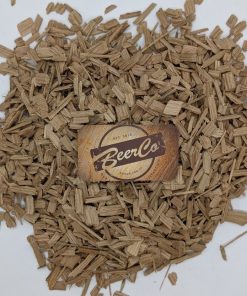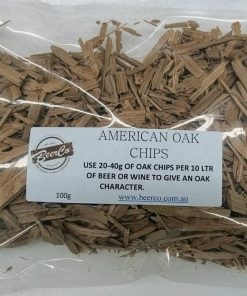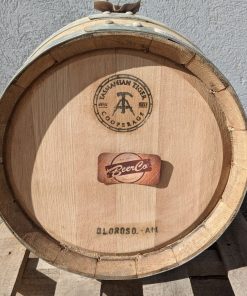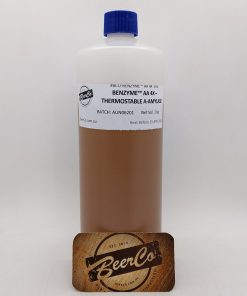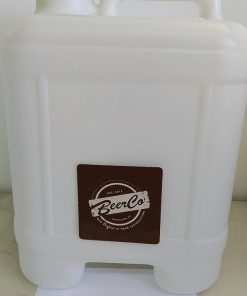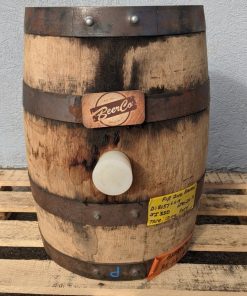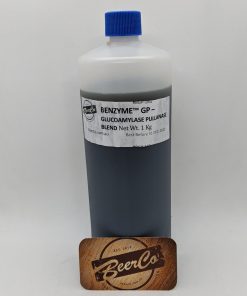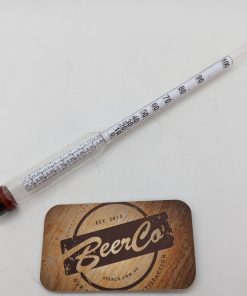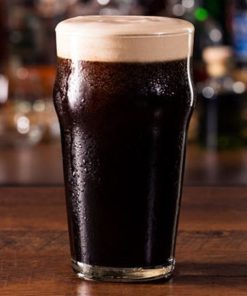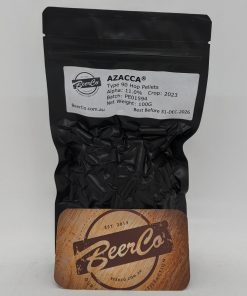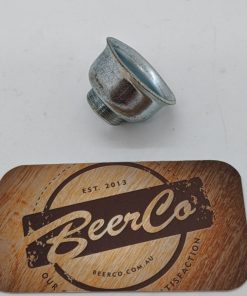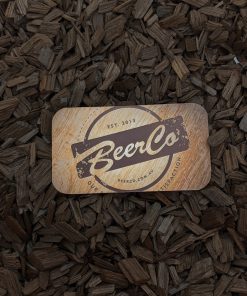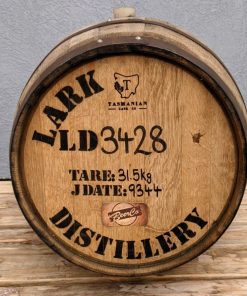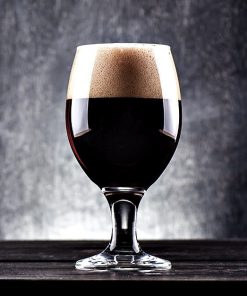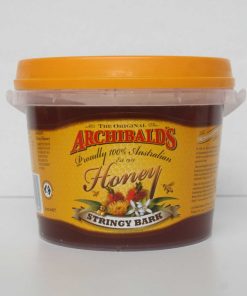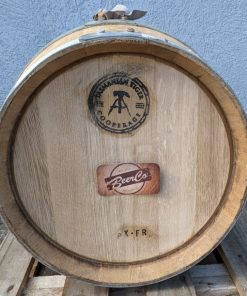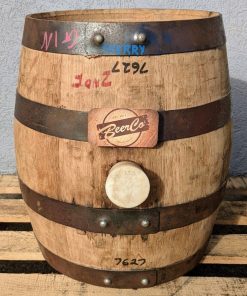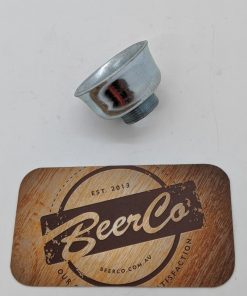Lallemand Abbaye Belgian Ale Yeast Winequip
$ 6,45 $ 3,87
Abbaye is an Ale yeast of Belgian origin. Selected for its ability to ferment Belgian style beers ranging from low to high alcohol, Abbaye produces the spiciness and fruitiness typical of Belgian and Trappist style ales. When fermented at higher temperatures, typical flavors and aromas include tropical, spicy and banana. At lower temperatures Abbaye produces darker fruit aromas and flavors of raisin, date and fig. Traditional styles brewed with this yeast include but are not limited to Belgian White, Belgian Blonde, Belgian Golden, Dubbel, Tripel, and Quad.
Microbiological Properties:
Classified as a Saccharomyces cerevisiae, a top fermenting yeast.
Typical Analysis of Abbaye Yeast:
Percent solids 93% – 97%
Living Yeast Cells ≥ 5 x 109 per gram of dry yeast
Wild Yeast < 1 per 106 yeast cells
Bacteria < 1 per 106 yeast cells
Finished product is released to the market only after passing a rigorous series of tests
*According to the ASBC and EBC methods of analysis
Brewing Properties:
In Lallemand’s Standard Conditions Wort at 20°C (68°F) Abbaye yeast exhibits:
Vigorous fermentation that can be completed in 4 days.
High attenuation and Medium to High flocculation.
Aroma and flavor is fruity and phenolic with a hint of alcohol.
The optimal temperature range for Abbaye yeast when producing traditional styles is 17°C(63°F) to
25°C(77°F).
Fermentation rate, fermentation time and degree of attenuation are dependent on inoculation
density, yeast handling, fermentation temperature and nutritional quality of the wort.
Flavour and Aroma Properties:

Usage:
Depending on the desired gravity of the beer, among other variables, different yeast pitching rates should be applied. For Abbaye yeast, pitching rate varies between 50 grams and 100 grams of active yeast to inoculate 100 liters of wort.
A pitching rate of 50g per 100 L of wort to achieve a minimum of 2.5 million viable cells per ml. A pitching rate of 100g per 100 L of wort to achieve a minimum of
5 million viable cells per ml.
The pitching rate may be adjusted to achieve a desired beer style or to suit processing conditions. Abbaye has an ABV tolerance of 14%. For beers above 14%, the yeast will require nutrient addition such as 1g/hL of Servomyces.
Find your exact recommended pitching rate with our Pitch Rate Calculator in the Brewers Corner at
Rehydration:
Rehydration of Abbaye is recommended for use, and will reduce osmotic stress on the yeast when rehydrated and pitched in liquid form. Rehydration guidelines are quite simple, and present a much lower risk of contamination than a starter, which is unnecessary with dried active yeast.
Sprinkle the yeast on the surface of 10 times its weight in clean, sterilized water at 30-35°C (86-95F). Do not use wort, or distilled or reverse osmosis water, as loss in viability will result. DO NOT STIR.
Leave undisturbed for 15 minutes, then stir to suspend yeast completely, and leave it for 5 more minutes at 30-35°C. Then adjust temperature to that of the wort and inoculate without delay.
Attemperate in steps at 5-minute intervals of 10°C to the temperature of the wort by mixing aliquots of wort. Do not allow attemperation to be carried out by natural heat loss. This will take too long and could result in loss of viability or vitality.
Temperature shock, at greater than 10°C, will cause formation of petite mutants leading to long-term or incomplete fermentation and possible formation of undesirable flavors.
Abbaye yeast has been conditioned to survive rehydration. The yeast contains an adequate reservoir of carbohydrates and unsaturated fatty acids to achieve active growth. It is unnecessary to aerate wort upon first use.
When using Lallemand Brewing Yeasts, you may repitch the yeast just as you would any other type of yeast according to your brewery’s SOP for yeast handling.
Fast shipping and professional packing
We offer a wide range of shipping options due to our long-running partnerships with UPS, FedEx and DHL. Our warehouse staff are highly trained and will package your items according to our precise and precise specifications. Before shipping, all goods are thoroughly inspected and securely secured. Every day we ship hundreds of packages to our customers from all over the world. This is a sign of our commitment to be the largest online retailer worldwide. The warehouses are located situated in Europe as much as they are in USA.
Note: Orders containing multiple items will have a different processing period for each item.
Before shipping the items, our staff will carry out an extensive inspection of the products you have ordered. The majority of orders are delivered within 48 hrs. The delivery time should be between 3-7 working days.
Returns
We don't manage the stock in our factory and warehouse. Actual stock levels may fluctuate at any moment. Be aware that it's possible that your order will be out of stock after you have placed the order.
Our policy is for 30 days. Unfortunately, if 30 days have passed from the date you purchased the product, we are unable to offer you a return or exchange.
The item must not be used, and it must be in the original packaging. It must also be in the original packaging.
Related products
Brewing Aids
Brewing Aids
Brewing Aids
Equipment
Equipment
Equipment
Brewing Aids
Brewing Aids
Brewing Aids
Equipment
